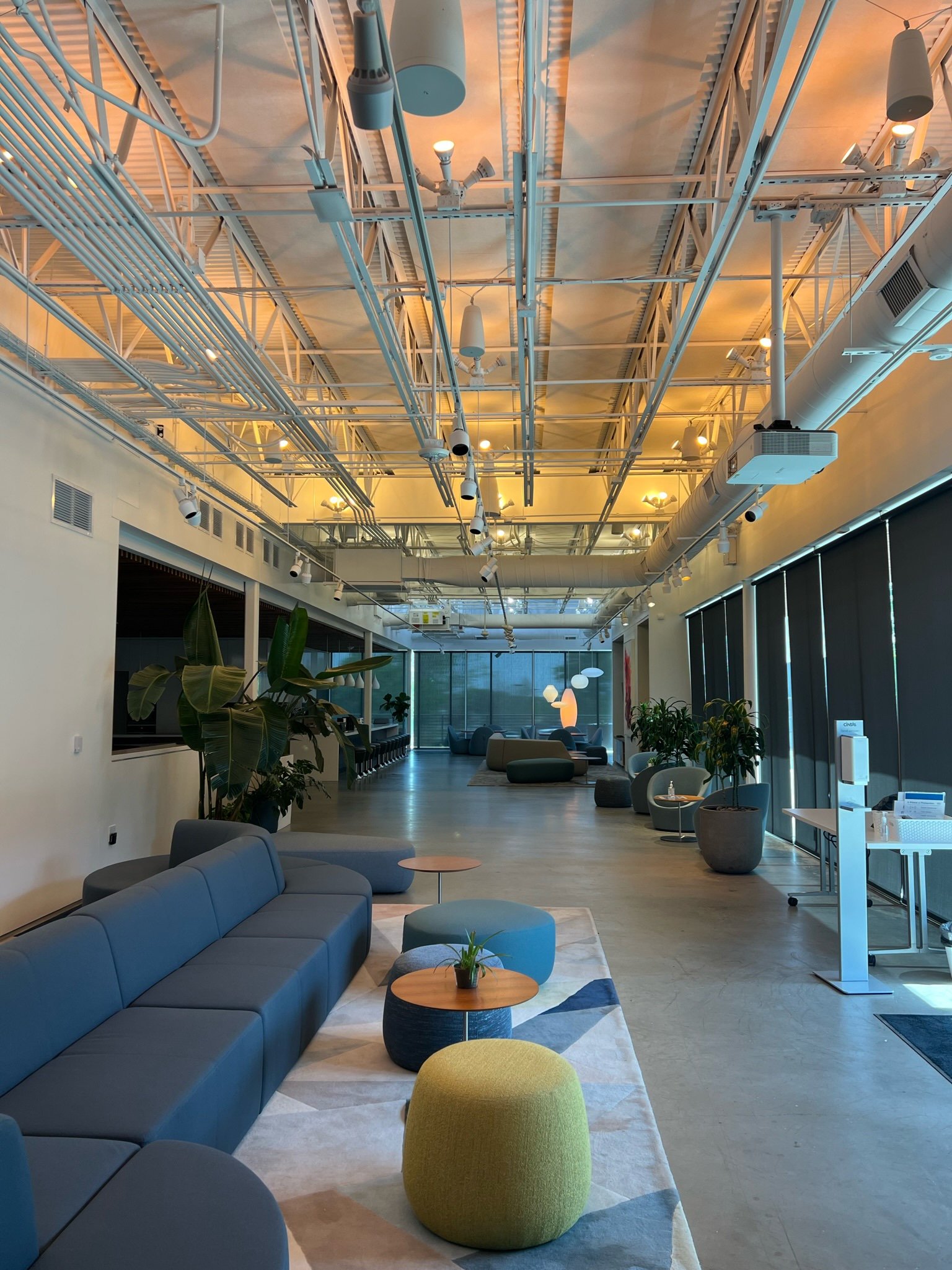The Types of Tunable White Lighting Solutions
Tunable White lighting, or lighting that has the capability to change color temperature, is becoming increasingly popular. Many architectural lighting fixtures now have tunable white as a standard option. With this, it’s important to determine the way the tunable white will be controlled. Tunable white can be controlled in several different ways, but there are two main control strategies. The first is to have the tunable white set via pre-set scenes and be controlled via manual key-pad activation. The second method is to have the tunable white lighting automatically, slowly change color temperature throughout the course of the day through time-scheduled programming.
Using scene controlled, manual tunable white is ideal for spaces that have set functions and users. A classroom, for example, could have several pre-set scenes with various color temperatures programmed. The teacher can then select a scene from the keypad and the appropriate color temperature will be applied for that task. The keypads may have the following scenes: calm (3000K), general learning (4000K), focus/energize (5000K). This type of control is intuitive for the users, but requires manual activation of the pre-set scene in order to change the color temperature.
Having tunable white that automatically changes throughout the day to mimic daylight is advantageous. This second method is more complex from a programming stand-point, but as the color shift happens automatically throughout the day, it is simpler for the end user of the space. The color temperature would start warmer (2700/3000K) in the morning, slowly get cooler (up to 5000K) by mid-day, then go back to warmer for afternoon/evening. Having this automatic color-shift helps support the circadian clock, creates a better environment for users, and may help increase productivity/focus and reduce fatigue.
At SRD, we design each of our projects considering the importance of tunable white lighting while designing to client desires and budget constraints. Tunable white lighting, especially controlled with automatic changes, can elevate the users experience in the space and enhance the quality of the lighting design package.

